From Empty Walls to Showstoppers: Why Wall Art is Essential in Successful Home Staging
When it comes to home staging, wall art often holds the power to transform a room from an empty shell into an inviting and memorable space. In the process of staging a home, every element—from lighting and layout to decor—contributes to a prospective buyer’s impression. However, the right art pieces can highlight a property’s best features, create emotional connections, and give a space personality. Here’s why wall art should be central to any staging plan and how it can be the final touch that turns viewers into buyers.
Why Wall Art Matters: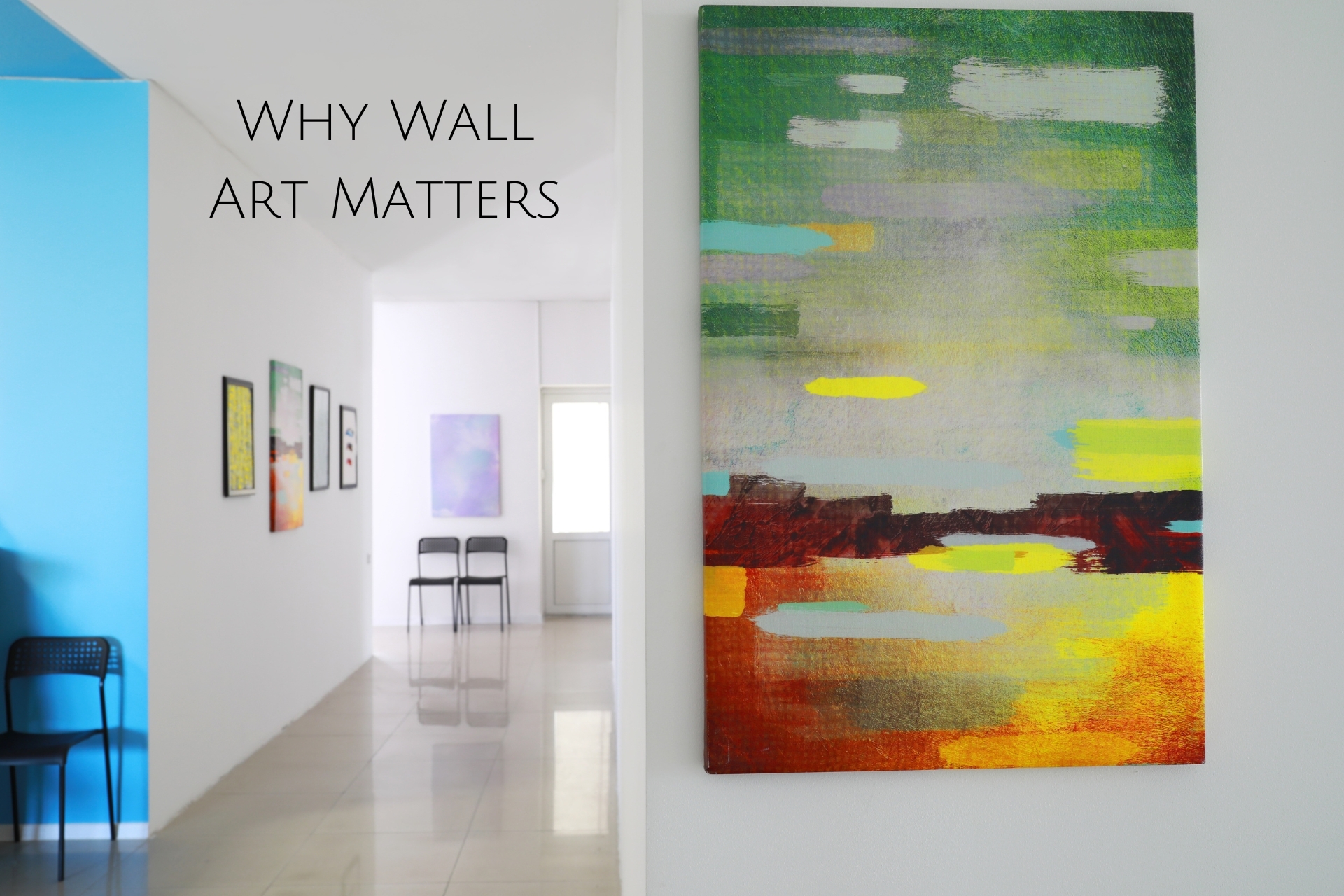
- Sets the Tone: Wall art can instantly set the mood and style of a room.
- Adds Personality: It allows you to express your personal style and create a unique atmosphere.
- Draws the Eye: A well-placed piece of art can be a focal point, drawing attention to specific areas of the room.
- Camouflages Imperfections: A strategically placed piece of art can divert attention from minor imperfections on the walls.
Choosing the Right Wall Art: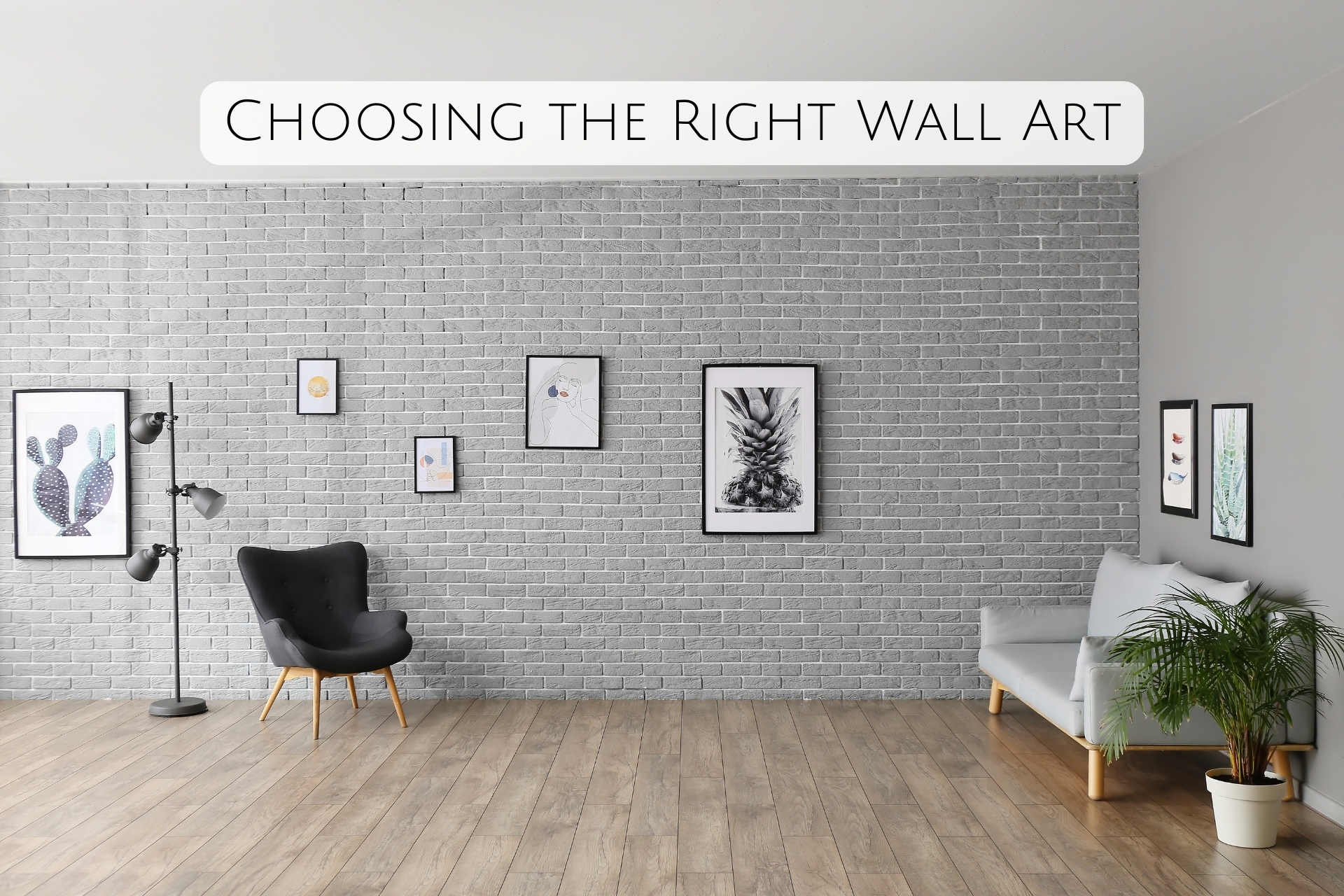
- Consider the Room's Style: The style of your wall art should complement the overall aesthetic of the room.
- Size Matters: The size of the artwork should be proportionate to the wall space. A too-small piece can get lost, while a too-large piece can overwhelm the room.
- Color Palette: Choose artwork that complements the color palette of the room.
- Theme: Consider the theme of the room. For example, a nautical-themed bedroom might benefit from coastal-inspired artwork.
Creates an Inviting Atmosphere: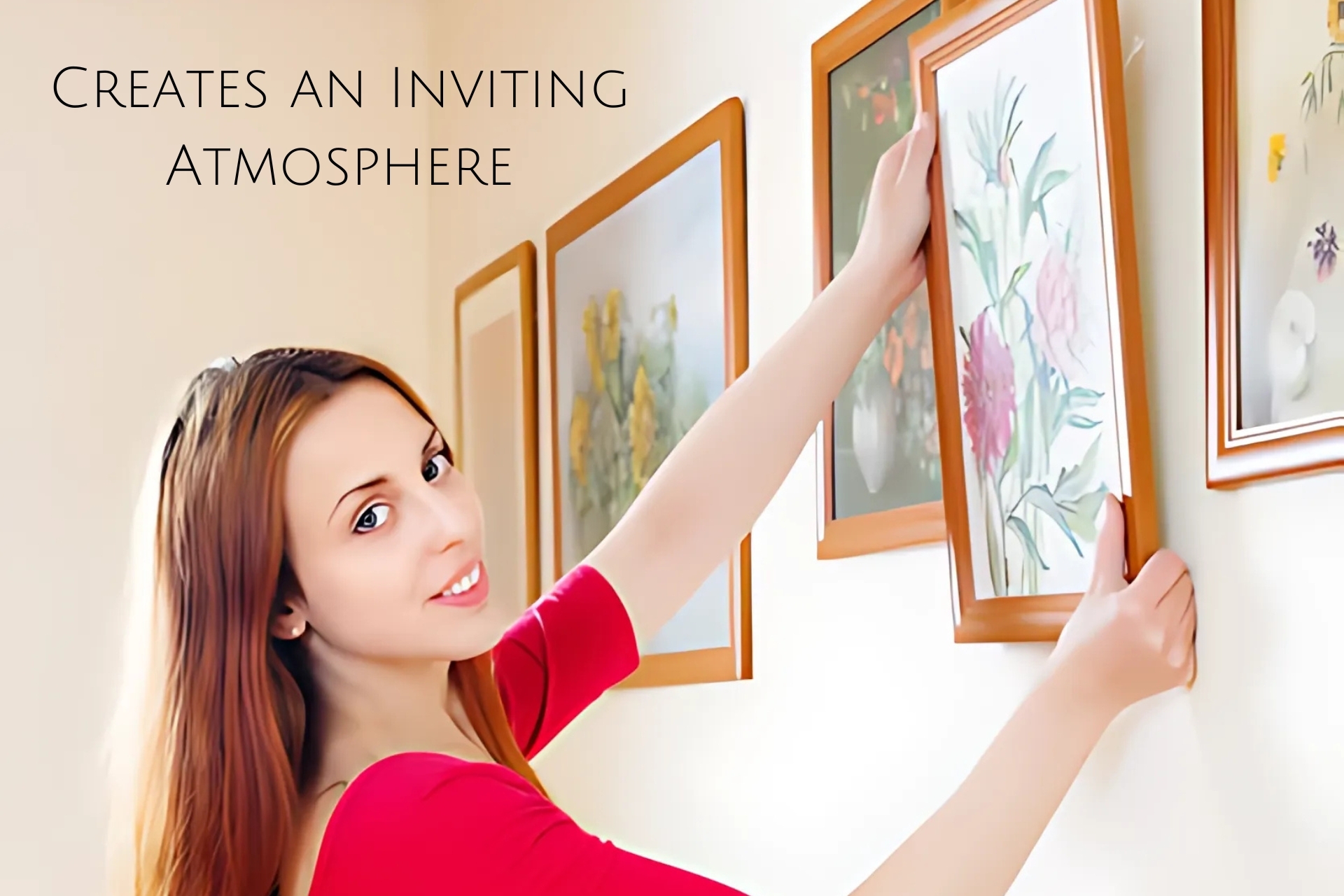
A staged home should immediately feel warm and welcoming. Wall art adds character and color, transforming a sterile space into a vibrant environment that feels like home. For instance, a calm landscape in the living room or a bright abstract piece in the kitchen can evoke feelings of relaxation or energy, depending on what you want prospective buyers to feel.
Defines and Enhances Style: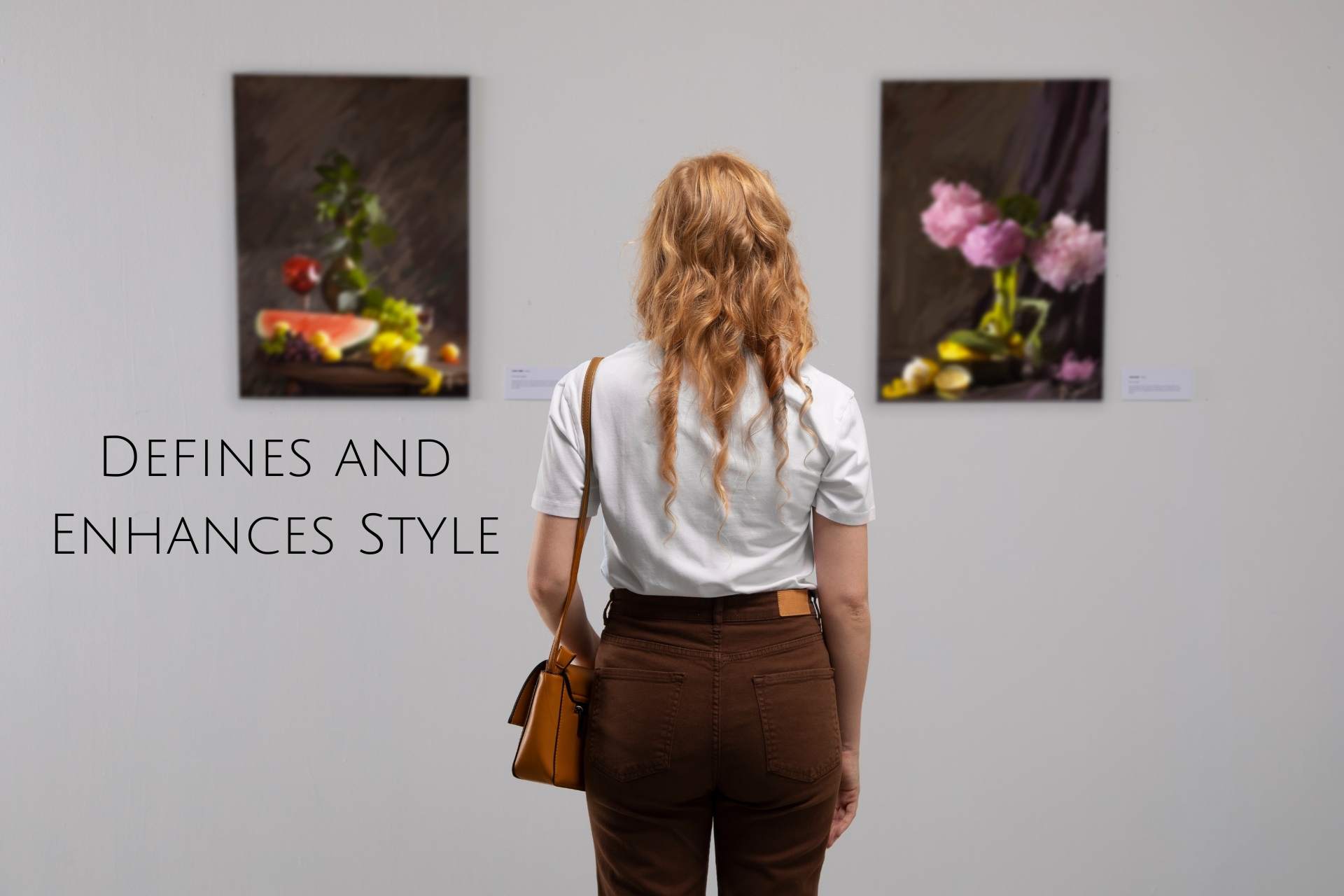
When staging a home, it’s crucial to align the decor with the style of the space. Modern art suits sleek, minimalist interiors, while vintage or rustic pieces pair well with traditional homes. By carefully selecting artwork that complements the architecture and design, you reinforce a cohesive look. This thoughtful curation can make the space appear polished and intentionally designed, giving buyers confidence in the home’s appeal.
Maximizes Space Perception: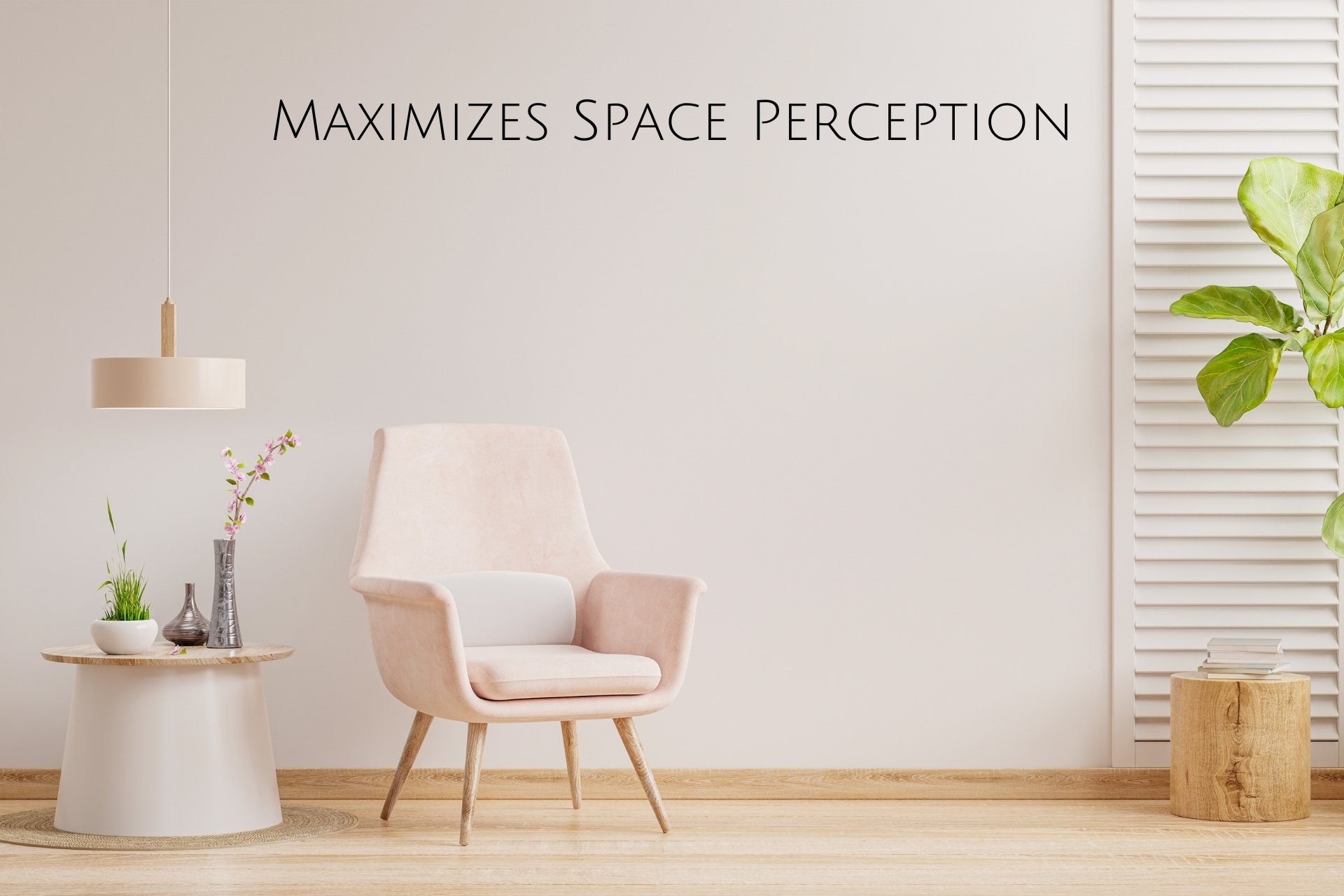
Strategically placed art can help with spatial perception, making smaller spaces feel larger and adding dimension to expansive rooms. For example, hanging a large statement piece in a modest room draws the eye upward, creating a sense of height and openness. On the other hand, a series of smaller frames in a spacious hallway can break up the empty space, adding visual interest without overwhelming.
Adds Emotional Appeal:
Emotion plays a significant role in buying a home. Art can evoke nostalgia, excitement, or comfort, making a property resonate more personally with buyers. Think of how a family portrait in a staged home reminds viewers of their own family memories. This connection makes the home feel more relatable, increasing the likelihood of a buyer imagining themselves living there.
Directs Focus and Highlights Features: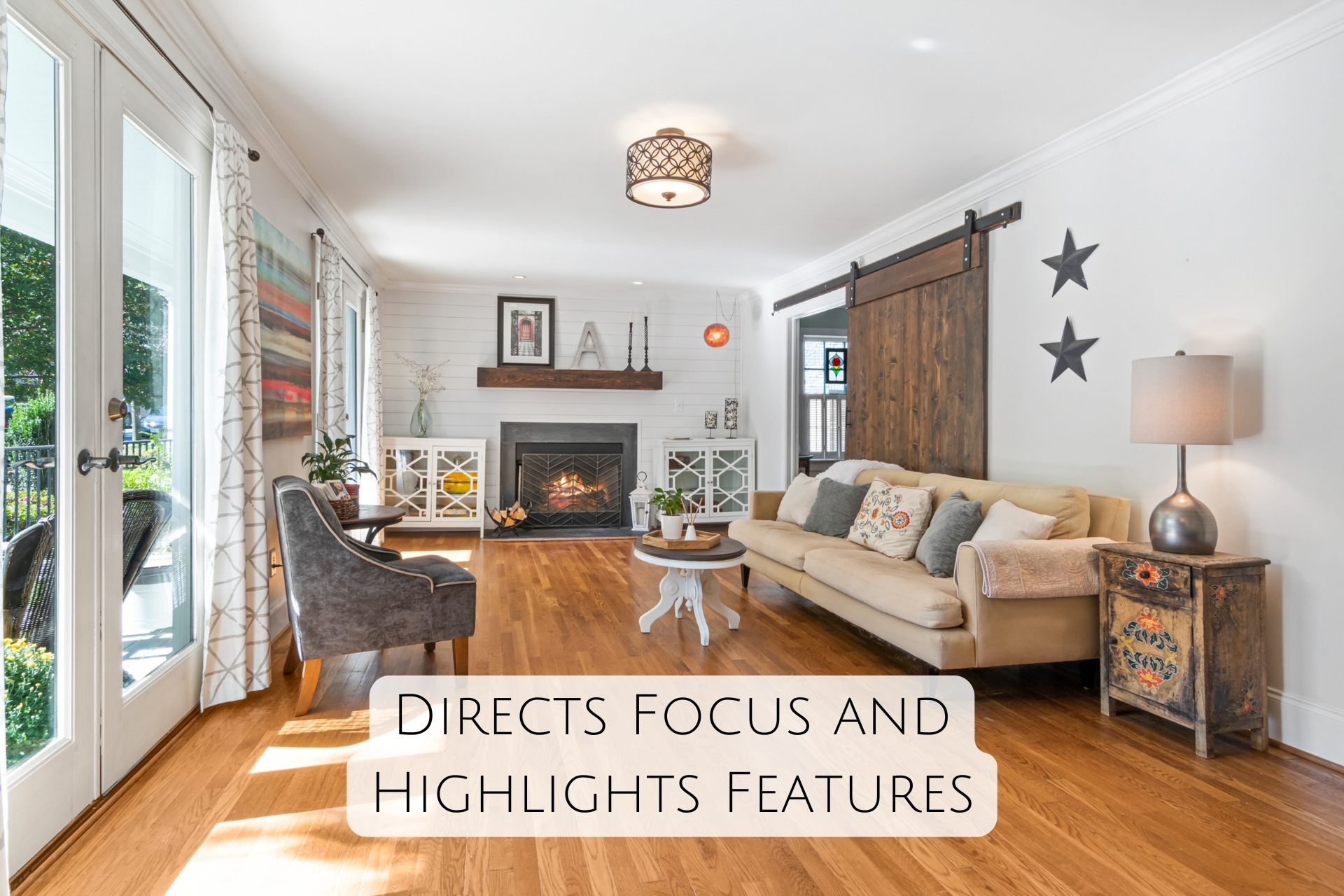
Artwork can draw attention to specific parts of a room, guiding the viewer’s gaze to architectural details or creating focal points. For instance, a well-chosen piece above a fireplace or near a bay window can accentuate those features, giving them a starring role in the room’s design. This approach helps you subtly showcase the home’s best aspects without overwhelming visitors with details.
Differentiates the Property:
In competitive markets, unique touches can make a property stand out. With art, you have endless possibilities for customization, allowing the staged home to reflect a distinct aesthetic. Using eye-catching, carefully selected pieces shows attention to detail, adding an extra layer of charm and memorability.
Conveys Versatility: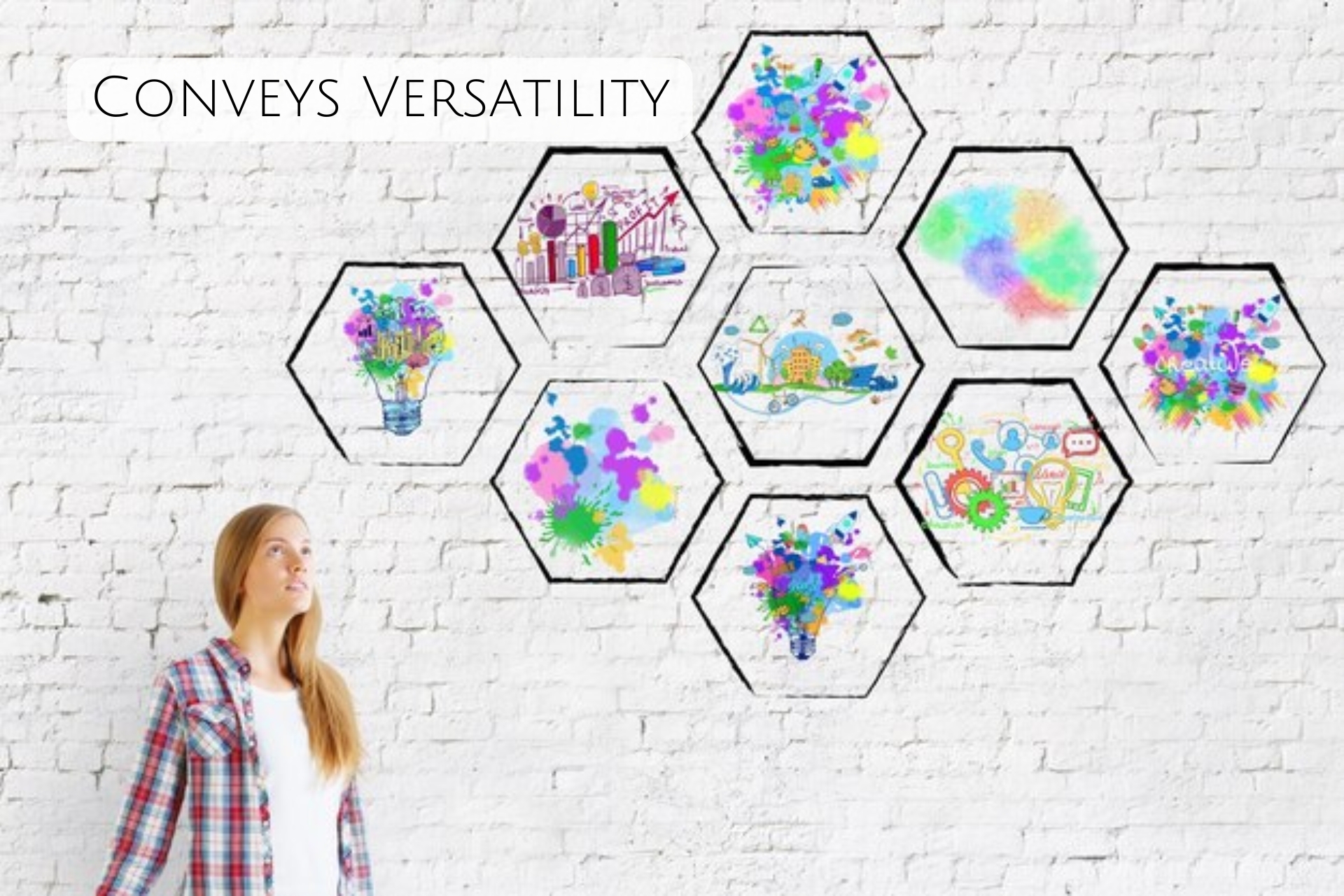
Art also helps potential buyers see the possibilities of a room. By incorporating various art styles throughout, you can demonstrate the versatility of the home. For instance, a contemporary abstract painting in a traditionally styled home suggests the room can accommodate modern tastes. This versatility allows buyers to envision adapting the space to their personal style.
Tips for Selecting Wall Art in Home Staging: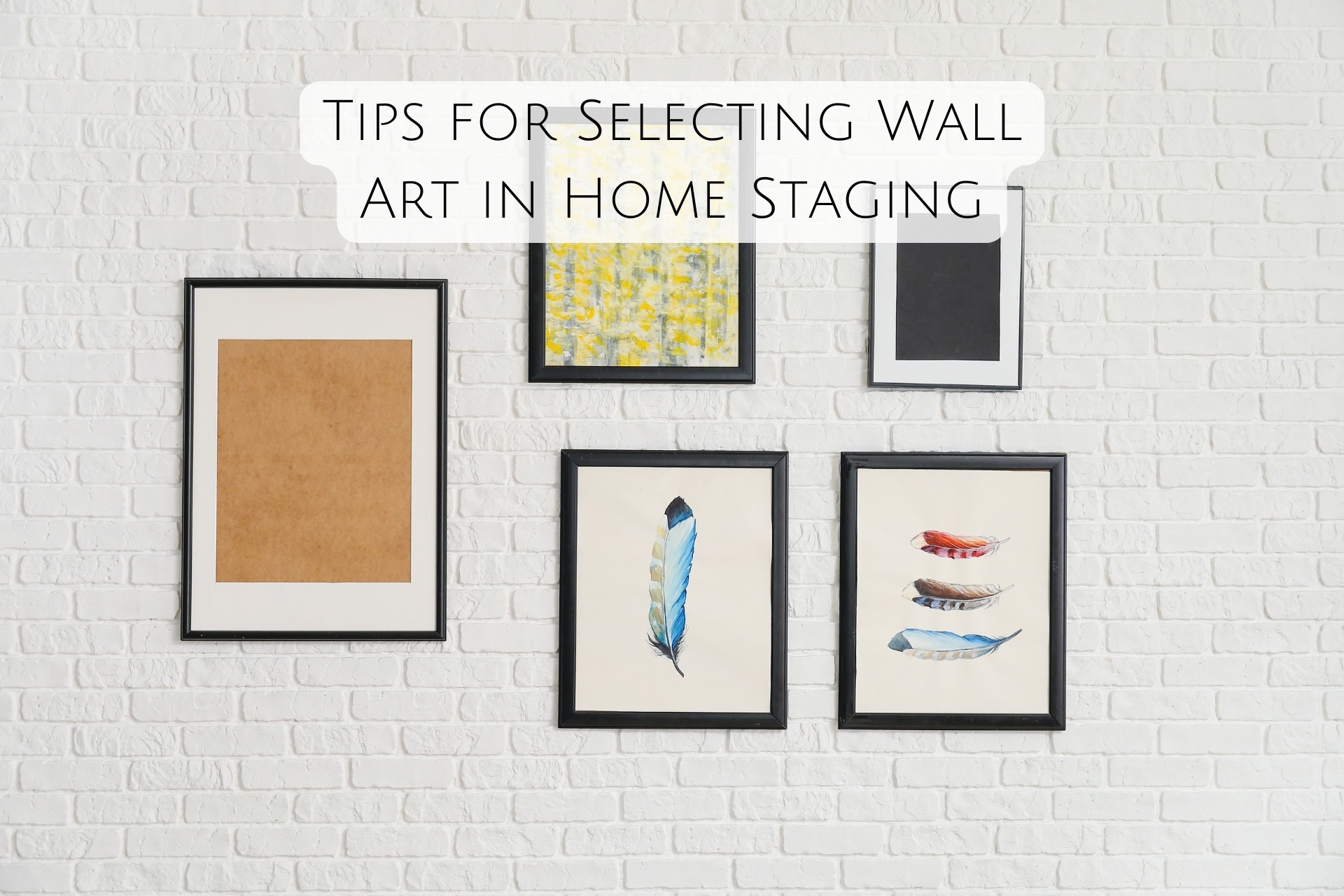
- Choose Neutral or Universally Appealing Art: While personal art preferences vary, neutral tones and simple designs generally appeal to the widest audience.
- Scale Matters: Ensure the art complements the room’s size.
- Focus on Key Areas: Place artwork where it will have the most impact—above a sofa, in the dining area, or in entryways to set a welcoming tone.
- Aim for Balance: Avoid cluttering the walls, and maintain a balance that complements furniture and other decor elements.
Conclusion:
Adding art to a staged home is more than just decoration—it’s a strategic tool that invites buyers to imagine the space as their own. From enhancing the mood to defining style and creating emotional appeal, wall art plays a crucial role in the buyer’s experience. In the end, thoughtfully chosen pieces can turn empty walls into meaningful statements, transforming a property into a show-stopping, irresistible home.
Latest Blogs
Traveling with Your Dog: Essential Supplies for Safe Adventures
Traveling with your dog can be an incredibly rewarding experience, whether you’re heading to a new c...
Understanding Blade Angles: How They Affect Performance and Usage
Blade angle, often referred to as "bevel angle," plays a critical role in the efficiency and versati...
The Best Power Tools for Home Renovation: A Comprehensive Guide
Embarking on a home renovation project is exciting, but it’s also a big undertaking that requires th...
Tech in the Garden: The Rise of Smart Gardening Tools
Gardening has traditionally been a relaxing, nature-centric hobby, but with recent advancements in t...
Tech in the Garden: The Rise of Smart Gardening Tools
Gardening has traditionally been a relaxing, nature-centric hobby, but with recent advancements in t...
Security Lighting and Motion Detectors: An Underrated Defense Mechanism
When it comes to home security, many people focus on locks, alarms, and surveillance cameras. Howeve...






